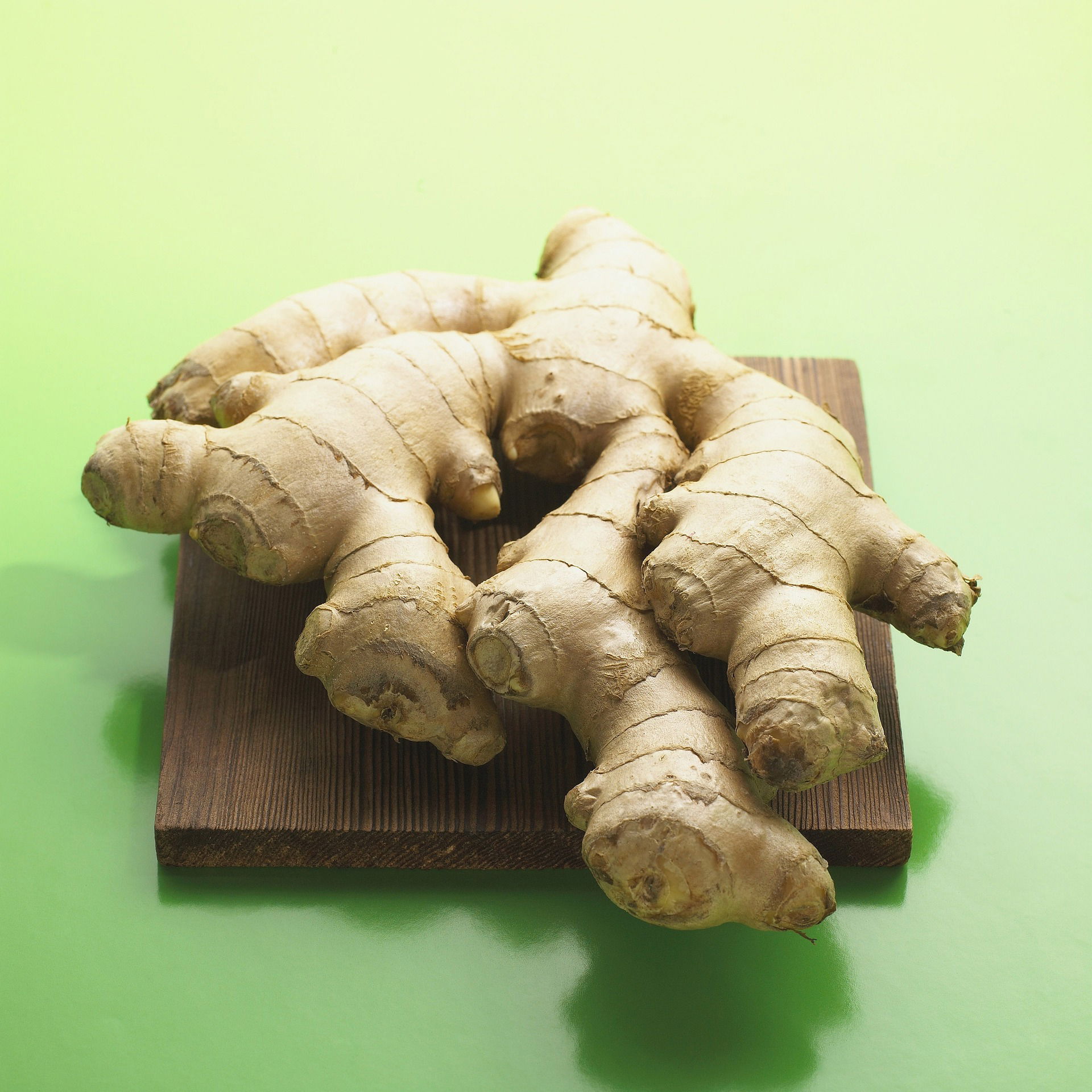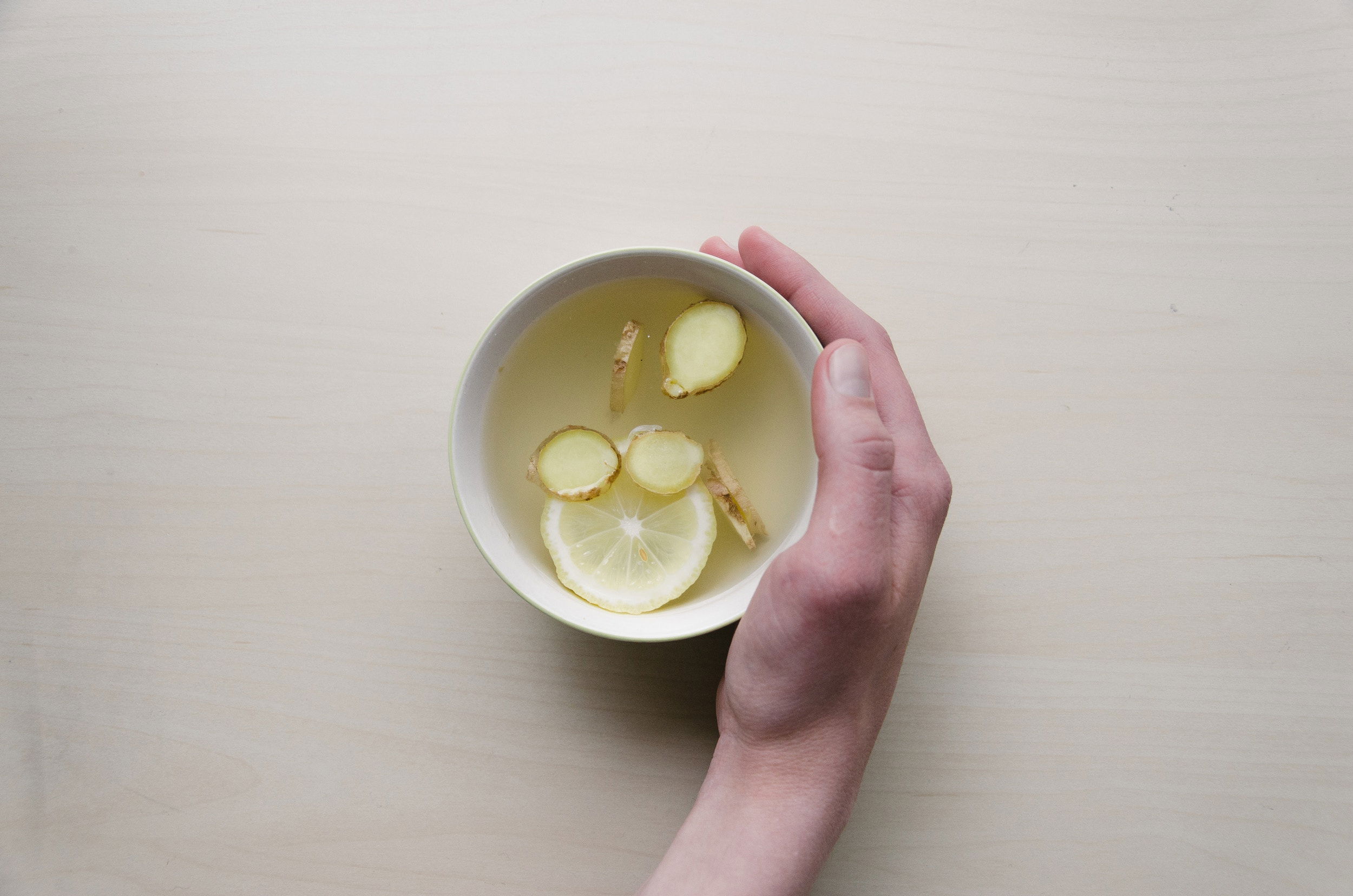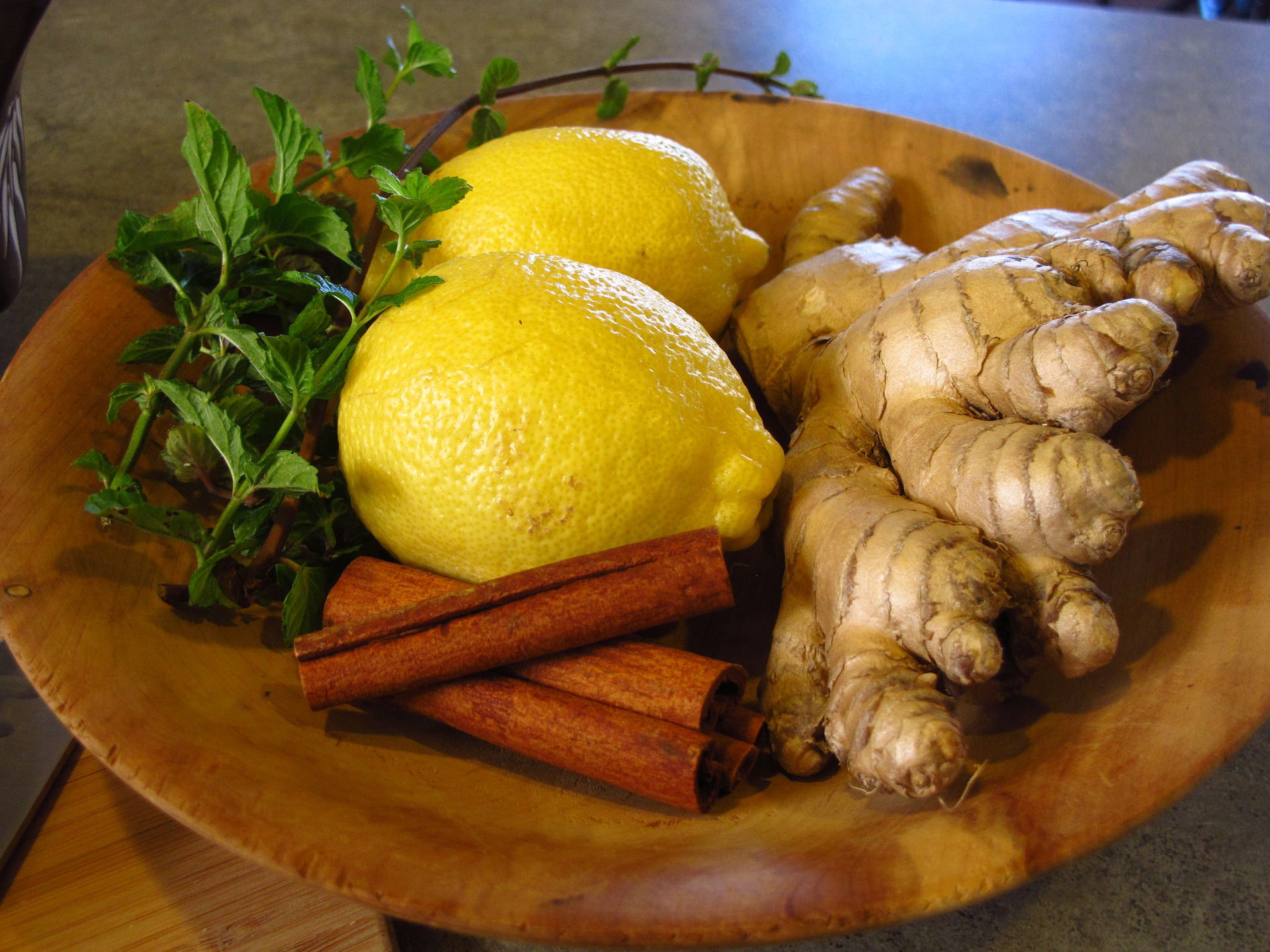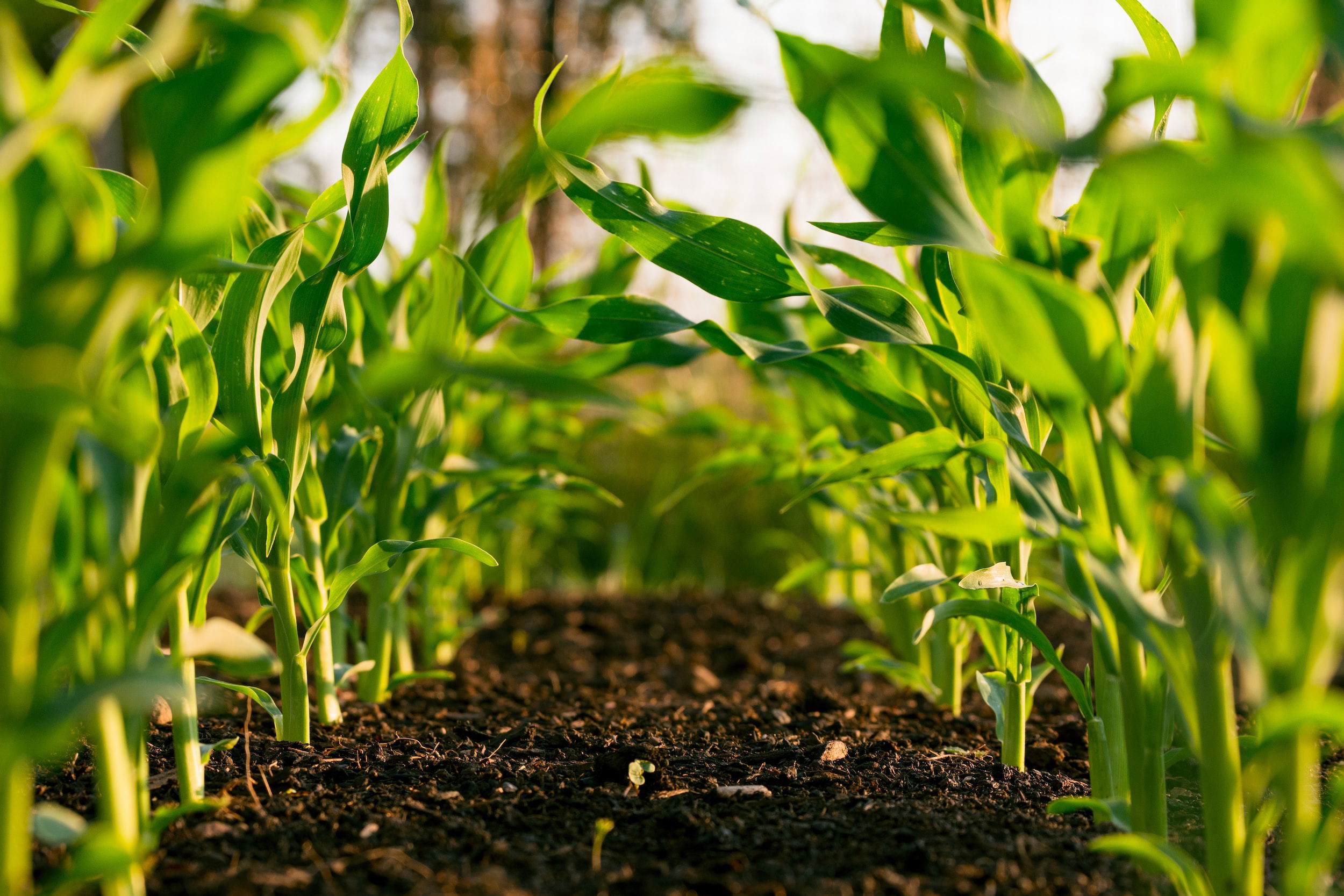Ginger farming is a lucrative venture for farmers who want to take advantage of the high demand for this spice.
Ginger is a popular spice and medicinal root that has been cultivated for thousands of years. For those looking to get into farming or expand their current agricultural endeavors, growing ginger can be a profitable venture. However, a successful harvest requires knowledge and understanding of the crop, its growth requirements, and market demand.
In this article, we will explore the various factors involved in unlocking the secret to explosive ginger yields and profit margins, from selecting the appropriate ginger varieties to post-harvest handling practices and exploring value-added ginger products. Follow along to learn how to successfully grow and market this versatile crop.

1. Ginger farming basics and understanding your market
Introduction to Ginger Farming
Ginger has always been a popular spice used in many cuisines around the world. It is also widely used in traditional medicine due to its numerous health benefits. Ginger farming is a lucrative venture for farmers who want to take advantage of the high demand for this spice.
Growing ginger requires minimal inputs and maintenance, and it can be grown in both tropical and subtropical regions. Ginger farming has become increasingly popular in recent years due to its high-profit margins, making it an attractive option for small-scale farmers.
Market Analysis: Understanding Your Customers
Before starting your ginger farming journey, it's essential to conduct a thorough market analysis. Understanding your target market and customer preferences will help you make informed decisions about the type of ginger variety to plant, packaging, and pricing.
Ginger is used in various ways, including fresh, dried, and powdered forms. Therefore, it's critical to know your customers' preferences. For example, if your target market is breweries and beverage companies, they may prefer dried ginger.
It's also essential to understand the competition in the market, their pricing strategies, and the quality of their products. By doing this, you can differentiate yourself by producing high-quality ginger that meets your customer's requirements.

2. Selecting the appropriate ginger varieties for your farm
Types of Ginger Varieties
There are several ginger varieties available in the market. However, the two most commonly grown are:
1. The Common Ginger (Zingiber Officinale): This is the most widely grown ginger variety and is used in cooking and traditional medicine.
2. The Chinese or Yellow Ginger (Zingiber Officinale Roscoe): This variety has a milder taste and is primarily used for ginger tea.
Factors to Consider When Choosing Ginger Varieties
When selecting the ginger variety to plant, several factors come into play, including the climate of your area, the market demand, and the end-use of the ginger. It's essential to choose varieties that do well in your region and have a high demand in the market.
It would be best to consider the yields, disease resistance, and growth characteristics of each ginger variety. Choosing the right variety can help you achieve maximum yields and profits.

3. Preparing the soil and planting ginger
Soil Preparation for Ginger Farming
Ginger requires well-draining, fertile soil that is rich in organic matter. Before planting, it's essential to prepare the soil by removing any weeds, rocks, and debris.
The soil should be tilled to a depth of about 20 cm and mixed with well-rotted manure or compost. This will aid in the proper drainage and aeration of the soil, which is essential for ginger growth.
Planting Ginger: Techniques and Best Practices
Ginger is planted using rhizomes, which should be healthy, disease-free, and firm. The rhizomes should be soaked in warm water overnight to stimulate growth before planting.
Plant the rhizomes about 5-7cm deep, with the buds facing upwards, in rows at least 30cm apart. It's essential to ensure that the soil is moist but not waterlogged to prevent rotting.
After planting, cover the ginger with a light mulch layer to conserve moisture and suppress weed growth. Water the ginger regularly, especially during dry spells.

4. Fertilizing and irrigating ginger to maximize yields
Fertilization: Understanding Nutrient Requirements for Ginger
Ginger requires adequate nutrients to grow, especially nitrogen, phosphorus, and potassium. It's essential to conduct soil tests to determine the nutrient requirements of your farm.
A balanced fertilizer should be used at planting, and additional top dressing should be done three months after planting to boost ginger growth.
Irrigation: Techniques and Timing for Optimal Ginger Growth
Ginger requires consistent soil moisture to grow well. However, overwatering can lead to rotting, while under-watering can lead to stunted growth.
The ideal time to irrigate ginger is early in the morning or late in the evening when temperatures are low, and the sun is less intense. Drip irrigation is highly recommended as it conserves water and ensures that the ginger receives the correct amount of moisture.
In conclusion, ginger farming can be a profitable venture if done correctly. By understanding the market, selecting the right ginger variety, preparing the soil, and proper irrigation and fertilization of the crop, farmers can achieve maximum yields and profits.

5. Managing pests and diseases in ginger production
Growing ginger can be a rewarding experience, but it doesn't come without its challenges. One of the biggest obstacles to successful ginger production is managing pests and diseases. Here are some of the most common pests and diseases that you need to watch out for in ginger farming:
Common Pests and Diseases in Ginger Farming
- Ginger rot: A fungal disease that causes the plant to rot from the inside.
- Bacterial wilt: A bacterial disease that causes the plant to wilt and ultimately die.
- Root-knot nematodes: Microscopic worms that feed on the roots of ginger plants.
- Aphids: Small insects that feed on the sap of plants and can cause deformation and stunting of plant growth.
Organic and Chemical Control Methods for Ginger Pests and Diseases
While chemical solutions are available, organic methods are always preferable to ensure the safety and health of your ginger crop. Here are a few organic methods to control pests and diseases in your ginger production:
- Crop rotation: This involves planting ginger in different sections of your farm each year to prevent the buildup of pests and diseases in the soil.
- Composting: Composting can help with soil fertility and prevent pests and diseases from developing.
- Neem oil: Neem oil can be sprayed on your ginger plants to control pests, and it also has fungicidal properties.
- Beneficial insects: Introducing predatory insects like ladybugs and lacewings can provide a natural defense against aphids and other pests.

6. Harvesting and post-harvest handling practices for ginger
Harvesting ginger at the right time and using effective post-harvest handling practices is essential to maximizing the quality and shelf life of your crop.
Knowing When to Harvest Ginger
Ginger is usually ready for harvest when the leaves start to yellow and die back. A general rule is to wait until at least half of the ginger plants' leaves have died back before you begin harvesting. If you're not sure, you can dig up a small section of the rhizomes to check for maturity.
Post-Harvest Handling Tips to Maintain Ginger Quality and Shelf Life
After harvesting, ginger should be washed and dried before storage. If the ginger has been harvested in dry weather, it will naturally dry out within a few days. However, if the weather is humid, you may need to use forced air or fans to dry the ginger before storage. Ginger should be stored in a cool, dry place to preserve its quality and shelf life.

7. Marketing and selling your ginger for maximum profit
If you're a ginger farmer, you want to make sure you're getting the most return on your investment. Here are some tips for marketing and selling your ginger to maximize your profit.
Marketing Strategies for Ginger Farmers: Reaching Your Target Market
Identifying your target market is the first step in developing a marketing strategy. Are you targeting local consumers, grocery stores, or restaurants? Once you've identified your market, you can develop strategies such as attending local farmers' markets, creating a website and social media presence, or developing relationships with local distributors.
Pricing Your Ginger for Maximum Profit
Pricing your ginger can be tricky, as you need to strike a balance between affordability for your customers and profitability for your farm. One way to determine pricing is to calculate your production costs and add a profit margin. Additionally, market research can help you understand what price points your target market is willing to pay.

8. Exploring value-added ginger products for additional revenue streams
In addition to selling fresh ginger, there are many value-added products you can create to generate additional revenue streams for your farm.
Value-Added Ginger Products: Overview and Market Demand
Ginger products like ginger beer, ginger jam, and ginger tea have developed a strong following in recent years. These products can be made easily with simple equipment and can generate high-profit margins.
Processing and Packaging Ginger for Additional Revenue Streams
Processing and packaging your ginger products effectively are important to ensure quality and maintain customer satisfaction. Consider using eco-friendly packaging materials and developing eye-catching branding to set your products apart from the competition.
By following the tips and best practices outlined in this article, you can increase your chances of success in ginger farming and marketing. Remember to always prioritize quality and customer satisfaction to build a loyal customer base and maximize your profit margins. With dedication, hard work, and a willingness to learn, you can unlock the secret to explosive ginger yields and take your farming business to the next level.

FAQ
What are the best soil requirements for ginger farming?
Ginger thrives in well-drained, loamy soil rich in organic matter. A soil pH between 5.5 and 6.5 is optimal for ginger growth. Soil preparation methods such as composting and mulching can also help maintain soil quality.
Is ginger farming profitable?
Yes, ginger farming can be profitable for those who are willing to put in the hard work and attention to detail required for a successful harvest. Factors such as market demand, pricing strategies, and value-added product opportunities can all contribute to a profitable ginger farming business.
What are the best post-harvest handling practices for ginger?
To maintain ginger quality and shelf life, it is important to handle the crop carefully after harvest. This includes promptly washing and drying the ginger, storing it in a cool, dry place, and avoiding exposure to direct sunlight. Proper packaging and labeling can also help ensure product quality and safety.
What are some common pests and diseases in ginger farming, and how can they be controlled?
Common pests and diseases in ginger farming include ginger rhizome rot, bacterial wilt, and root-knot nematodes. Organic and chemical control methods such as crop rotation, the use of disease-resistant varieties, and the application of fungicides and insecticides can help manage pest and disease issues. Regular monitoring and early detection of problems are also key to successful pest and disease control.
